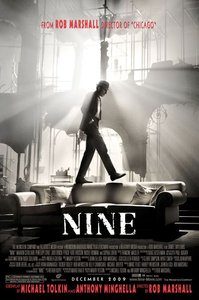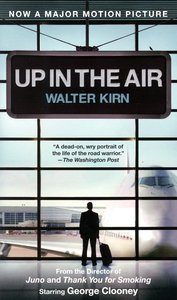The Caryatids, Bruce Sterling
Del Rey, 2009, 295 pages, C$28.00 hc, ISBN 978-0-345-46062-2
My latest yearly reading statistics confirmed suspicions left by a look at my 2009 reviews: During the past year, I have read less Science Fiction than usual, and practically ignored the latest SF published in 2009 to the profit of current non-fiction. I do not disown SF, but today’s real world seems so much more interesting than even richly imagined futures.
So if anyone could bring me back to SF in a big way, it’s Chairman Bruce: Sterling has, over the past two decades, successfully built his reputation as a global-head, an elder statesman of the genre with his finger on the pulse of what happening now. His annual WELL “State of the World” addresses are condensed wisdom, and few other writers can switch as effortlessly from fiction to futurism and back.
Why is The Caryatids such a boring mess, then?
I may have been expecting too much. Indeed, looking at Sterling’s past decade, it’s easy to start thinking that his novel-length work has been a case of hype over substance. Distraction (1998) was the last unarguably enjoyable Sterling novel. Present-day techno-fantasy Zeitgeist (2000) was weird for its own sake: not a bad reading experience, but not exactly a fully satisfying SF novel either. The Zenith Angle (2004) mused about techno-thrillers and post-9/11 American paranoia in amusing ways, but was also perceived as a contemporary sideshow more than a real meaty Sterling novel. Now, with The Caryatids (his third novel in ten years, if anyone’s counting), Sterling returns to real-future speculation.
Alas, it’s speculation of the catastrophic degree. The seas have risen, political power blocks have shifted in entertaining fashions and it’s up to a group of cloned sisters to cope with the aftermath of even worse things. The Caryatids is more hopeful than most in that even the novel’s future has a future, but readers who, like me, are getting fed up with catastrophic thinking may not find the book entirely to their liking.
It really doesn’t help that the book is both a schematic mess. Three of the cloned sisters are operating in the three super-power blocks left on Earth, and much of the novel is about one man meeting all three of them in turn. There are worse ways to set up a travelogue to show us the future, but I’m not sure that there are duller ways. Because the book is rife in self-conscious dialogue, jumping from one idea to another without much of a care for the ideal “entertainment experience” that readers should expect. There are plenty of good concepts throughout The Caryatids, but the attitude in which they’re delivered seems to exasperate more than illuminate. The most interesting parts of the book, which is to say the dialogues, are also its most ridiculous moments: They seem cut-and-pasted from smart-ass web forums in which every interlocutor is sure that they hold the key to how the world works. Do these self-satisfied snippets of future dialogue support a plot? Isn’t it enough of a burn to ask the question?
That The Caryatids would be so dull and forgettable is a surprise. I normally live for this kind of mid-future social extrapolation, and have no basic objections to cleverer-than-thou characters. But this novel simply doesn’t work no matter how generous I try to be. While I could be wrong, cranky, over-sugared or simply out to lunch on this novel, a quick look at The Caryatid’s online reviews reassures me with social proof that I’m hardly the only one to be disappointed: the Amazon reviews of The Caryatids alone are about as bad as I’ve seen them on a top-tier SF novel. In novel-length fiction, Sterling has spent the last decade becoming an acquired taste, and it may be that he has overreached himself here. I don’t have any good explanations: I’m just staring at the novel with dashed expectations, scratching it off my list of potential Hugo nominees. Now let me go read another non-fiction book and see if it’s any better.


